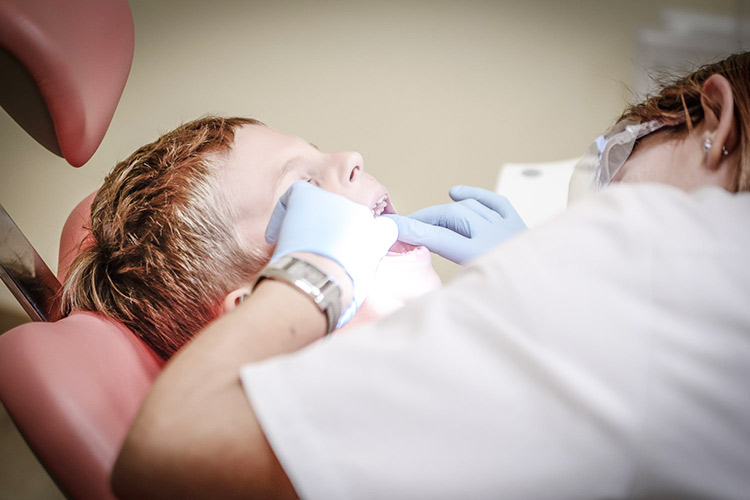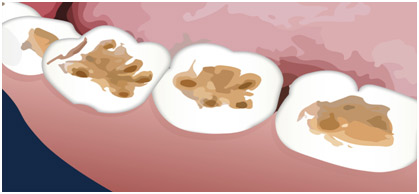Molar-Incisor Hypomineralization (MIH)

MIH is a developmental abnormality of the teeth that affects one in seven in children. It affects one or more of the first permanent molars, which are the first to grow at approximately six years of age. It can affect, but to a lesser extent, the central incisors (the blades). There could also be hypomineralization in baby teeth, affecting the second primary molars and the canines. In case of this, these children will have five times more possibilities of suffering from MIH in their permanent teeth. There are several levels of severity from simple opacities in the teeth or stains to the destruction of the enamel. The aetiology is currently unknown, although correlations with some diseases are beginning to be discovered, but there are still no studies or proof of this.
Signs and symptoms:
- Opacities or spots ranging from white to yellow or brown.
- Defective enamel has normal thickness.
- Lesions are usually asymmetric. If a molar is severely affected, it is very likely that the contralateral molar is as well.
- In the central incisors, the lesions are milder but unsightly.
- Hypersensitivity and decreased response to anaesthetics.
- Rapid growth and development of decay.
- Post-eruption degradation.
If we identify some of these signs or symptoms in children, taking early action is very important in order to reduce the impact of the pathology. Children with MIH often develop dental anxiety as a result of invasive and even painful dental experiences at a young age. This is why prevention and early diagnosis are very important.





 WhatsApp
WhatsApp 